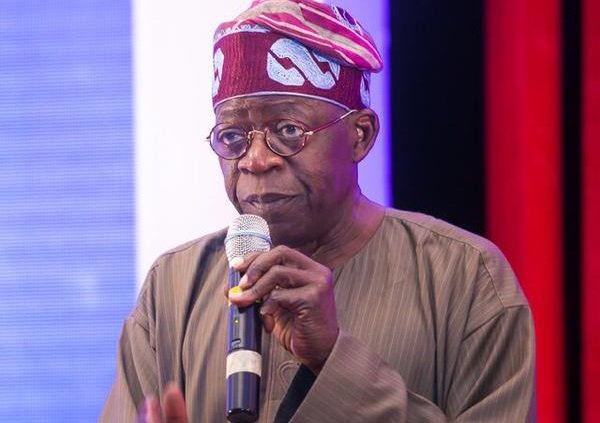Growth prospects in Africa are being held down by poor economic development in Nigeria, South Africa and Angola, the International Monetary Fund has said. The Breton Woods institution, which said this at the Annual General Meetings of the IMF/World Bank currently going in Bali, Indonesia, also revised downwards growth prospects for Nigeria in 2018 from 2.1 per cent to 1.9 per cent.
Speaking to journalists in Bali, the Deputy Director, Research, IMF, Gian Maria Milesi-Ferretti, said the largest economies on the continent were holding down economic development in Africa as a result of poor growth rate. He stated, “Nigeria’s growth, 1.9 per cent this year; 2.3 next year. South Africa, only 0.8 per cent this year; Angola, contracting by 0.1 per cent this year. So, the aggregate – over three per cent this year, close to four per cent next year – is despite the largest economies in the continent doing poorly.
“The continent could do much better once these economies are on a more solid footing, particularly South Africa and Nigeria because they are really large and affect a number of countries in their neighbourhood.” The IMF had in its World Economic Outlook report in July projected that Nigeria’s economy would grow by 2.1 per cent in 2018 and 2.3 per cent in 2019.
Also on Tuesday, it projected that inflation in Nigeria would increase to 13.5 per cent next year.
After 18 straight months of decline, the nation’s inflation rate rose to 11.23 per cent in August from 11.14 per cent in July, the National Bureau of Statistics said last month. The IMF, in the WEO report, said inflation pressures in sub-Saharan Africa had broadly softened, with annual inflation projected to drop to 8.6 per cent in 2018 and 8.5 per cent in 2019, from 11 per cent in 2017.
It noted that in South Africa, inflation had moderated to 4.8 per cent from 5.3 per cent in 2017, with the easing of drought conditions, “but is expected to edge back to 5.3 per cent in 2019 as temporary is inflationary effects subside.” The Washington-based fund said in Nigeria and Angola, tighter monetary policy and moderation in food price increases contributed to tapering inflation. “In Nigeria, inflation is projected to fall to 12.4 per cent in 2018 from 16.5 per cent in 2017, and to rise to 13.5 per cent in 2019. In Angola, inflation is projected to fall to 20.5 per cent in 2018 from 29.8 per cent in 2017, and to decline further to 15.8 per cent in 2019,” it added.
According to the WEO report, growth is on the mend for sub-Saharan Africa, with the region’s average growth projected to rise to 3.1 per cent in 2018 (from 2.7 per cent in 2017) and 3.8 per cent in 2019.
The IMF said, “The growth forecast for 2018 is 0.3 percentage point lower than the April 2018 WEO forecast. The acceleration relative to 2016–17 reflects a more supportive external environment, including stronger global growth, higher commodity prices, and improved capital market access, following efforts to improve fiscal balances in the aftermath of the commodity price slump.
“Growth performance varies, however, across countries. About half of the expected pickup in growth between 2017 and 2018 reflects the growth rebound in Nigeria. Nigeria’s growth is projected to increase from 0.8 per cent in 2017 to 1.9 per cent in 2018 and 2.3 per cent in 2019 (0.4 percentage point higher than in the April 2018 WEO for 2019), buoyed by the impact of recovering oil production and prices.
“In Angola, the region’s second largest oil exporter, real GDP is expected to shrink by 0.1 per cent in 2018, following a 2.5 per cent contraction in 2017, but is projected to increase by 3.1 per cent in 2019.
Source: Punch Newspaper.




